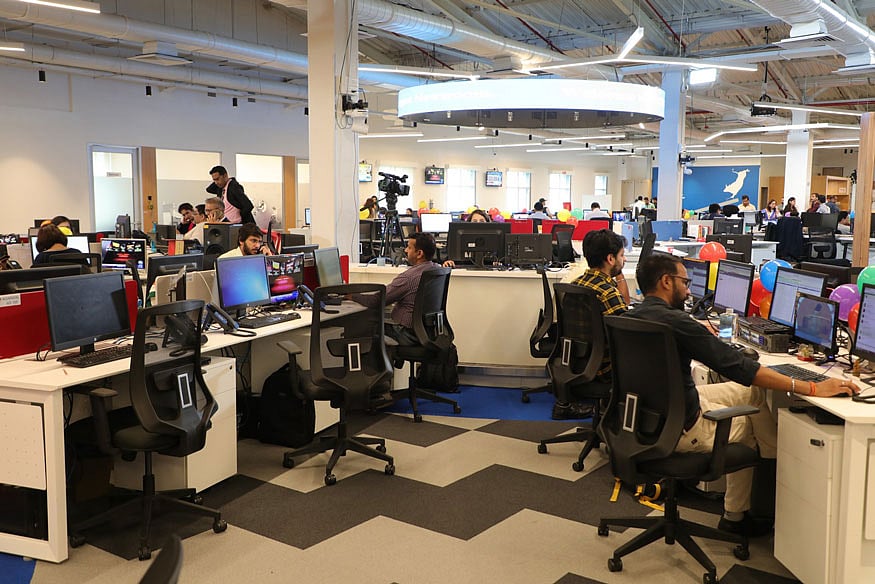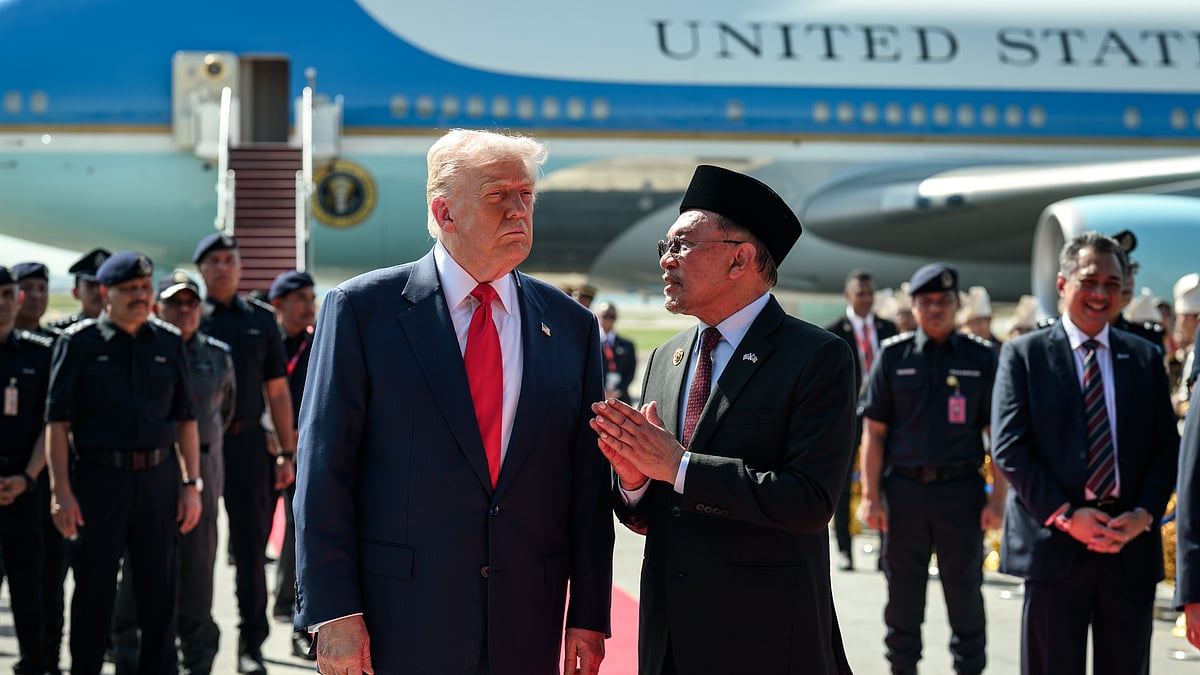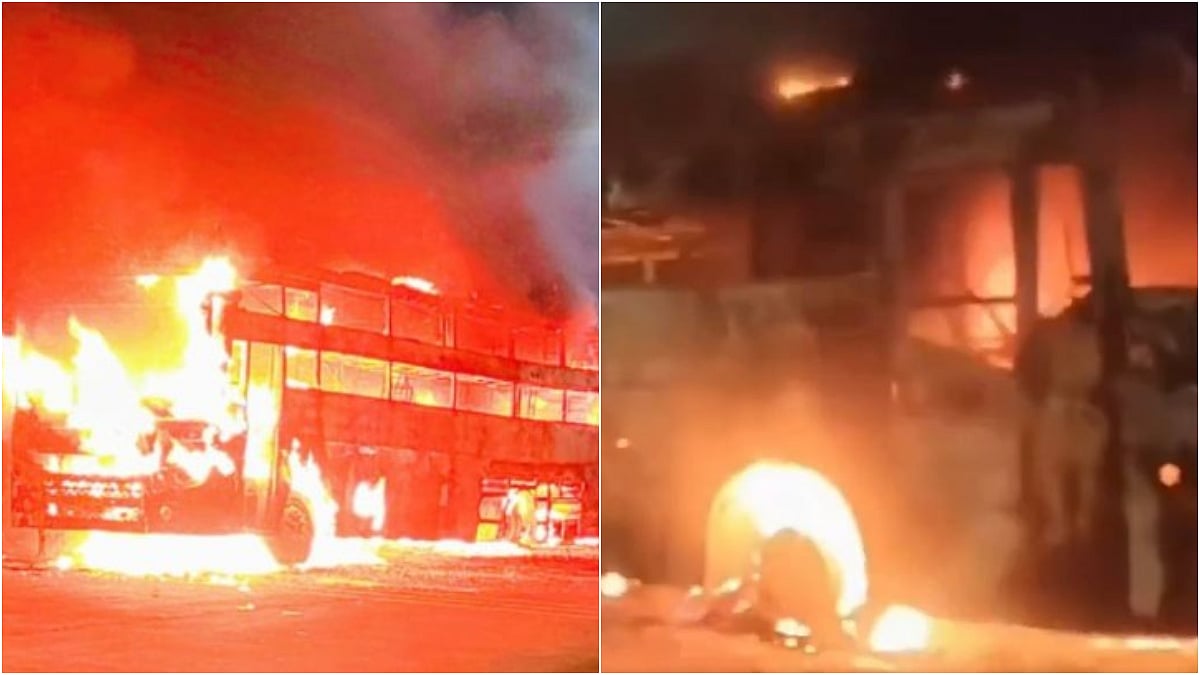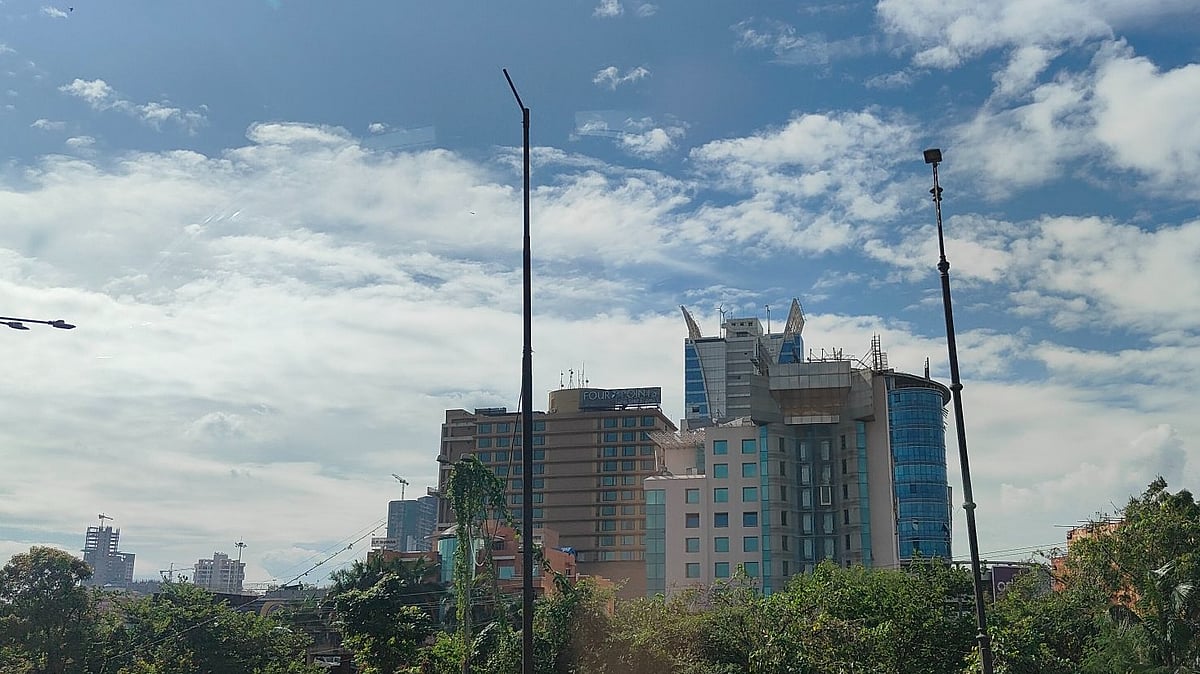Reopening public transit services is a precondition for resuming a reasonable level of economic activities in Mumbai. As Covid-19 is still raging, it is essential to limit the number of people travelling on local trains and buses such that social distancing norms can be complied with. One of the measures discussed to limit the number of commuters is to stagger working hours to cap demand at peak hours and avoid crowding in trains and buses.
In Mumbai, excessive demand, crowding and limited capacity of mass public transit has been an endemic problem. Staggering the working hours for private and public sector establishments was tried even before the Covid19 pandemic hit. The official working hours for large establishments such as government offices, banks, and public sector headquarters typically start between 8 to 10 am and for shops from 10 am. This leads to the peak demand for public transport being experienced from 6 am onwards in the north-south direction and between 4- 8 pm in south-north direction. Polycentric growth of the city in the last three decades has led to an increase in traffic the east-west direction.
Per current statistics, peak load on public transport services in Mumbai is often double the official capacity. To run suburban trains at 50% of their designated capacity (which will likely allow compliance to social distancing norms), the maximum carrying capacity of local trains will thus be limited to 25 % of the actual demand. Such limits will allow establishments to work with only 25% workforce, even with opening times staggered over 2 hours. Further, to effectively enforce such restrictions, the authorities would need data about all business establishments and their workers and judiciously plan their working hours, which may be a herculean task. It is doubtful even the government establishments have such data readily available.
Staggered working hours will not be a sufficient measure by itself and needs to be supported by innovative ways to augment public transport capacity. Augmenting capacity of suburban trains is rather difficult. A likely viable alternative is to substantially enhance road transport capacity by deploying high capacity buses.
In this regard, it is worth recalling an experiment that was carried out a few years ago with point to point (P2P) bus service. Based on an origin-destination survey, P2P bus service was started between Kandivali and BKC using the Shivneri Buses from MSRTC. The buses provided capacity, reliability, comfort, speed, and convenience to commuters. The objective was to reduce the number of cars on roads by weaning away people who were driving their own cars to work. The experiment started with just two bus trips each in the morning and evening. The response was extremely positive and encouraging. Another experiment with a dedicated bus lane between Bandra station, BKC and Kurla station was also very positive. It reduced the time of travel, improved ridership and efficiency.
Combining the two experiments one can design a number of P2P bus services on dedicated bus lanes that can supplement suburban trains in Mumbai. P2P bus routes can be started immediately via dedicated bus lanes as identified by the Comprehensive Mobility Plan (CMP) prepared by MCGM in 2016. The carrying capacity of buses shall be 50% as mandated now but can be increased gradually as the city opens up further.
The government can start such P2P bus services for its own employees working at Mantralaya who commute from different localities in western and eastern suburbs or mid-city locations, based on an origin and destination survey of its employees. P2P bus routes and frequency can be designed by transportation experts, provided Origin-Destination survey data is collected and made available. Such data can be easily generated, processed and used with the help of smartphones. Such policy actions based on data can be initiated by the State government and MCGM if it is really serious about improving public transport during the Covid-19 pandemic period. It can also help improve the public transport situation after the Covid-19 pandemic as well.
(The author retired as a consultant on urban planning, housing, transport and environmental issues related to the MMR at Mumbai Transformation Support Unit. She now researches and writes on Indian urban issues)









